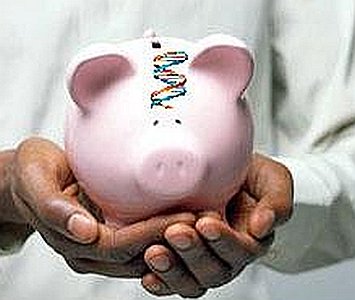
Advent of a new biobank - China National Genebank and Smithsonian's National Museum collaborate to advance biodiversity research
Singapore: China National Genebank (Shenzhen), also referred to as CNGB-Shenzhen, and National Museum of Natural History (NMNH), US, jointly announced that they have reached a strategic agreement to promote biorepository and genomics research, and to enhance mutual exchanges of experience in resource collection and sharing, infrastructure construction and information management.
Under the agreement, two parties will conduct scientific collaborations on the establishment of laboratory and data standards, data management, and professional training and education. Moreover, CNGB-Shenzhen will be responsible for providing high-throughput digitalization and informatics analysis and management for advancing applications.
As a leading collections institution and the most visited natural history museum in the world, NMNH's collections total over 126 million specimens of plants, animals, fossils, minerals, rocks, meteorites, and human cultural artifacts. It also has traditionally taken on the role of supporting research through their collections, making them the natural leaders in the support of genomic research, such as the collaborative effort of Global Genome Initiative (GGI).
In the common propose with NMNH, CNGB-Shenzhen established a Biological Resource Bank, an information database and a network domestically and across the globe for providing a powerful support for omics-related scientific research and applications to promote the goals of biodiversity protection and sustainable development. With the approval and support of China National Development and Reform Commission and other national commissions, CNGB-Shenzhen was established in 2011, based on BGI-Shenzhen's robust technology platforms and computational infrastructure to analyze and store the massive Omics data. By January 2013, CNGB-Shenzhen collected more than one million biological samples including tissues, cells, blood, and bodily fluids among others.
Dr Jonathan Coddington, associate director of research and collections, NMNH, said, "The Global Genome Initiative is a Smithsonian-led effort to preserve the genomic diversity of life on earth. As part of this program, NMNH is extremely pleased to partner with the China National Gene Bank (Shenzhen) to preserve and study comprehensive samples of Earth's genomic diversity. Together we intend to support biodiversity genome science, to advance dramatically collection-based bioinformatics, to build the virtual, global biorepository, and to train the next generation of genomic scientists. We believe synoptic collections of genome quality samples will be essential science infrastructure to address pressing human needs."




